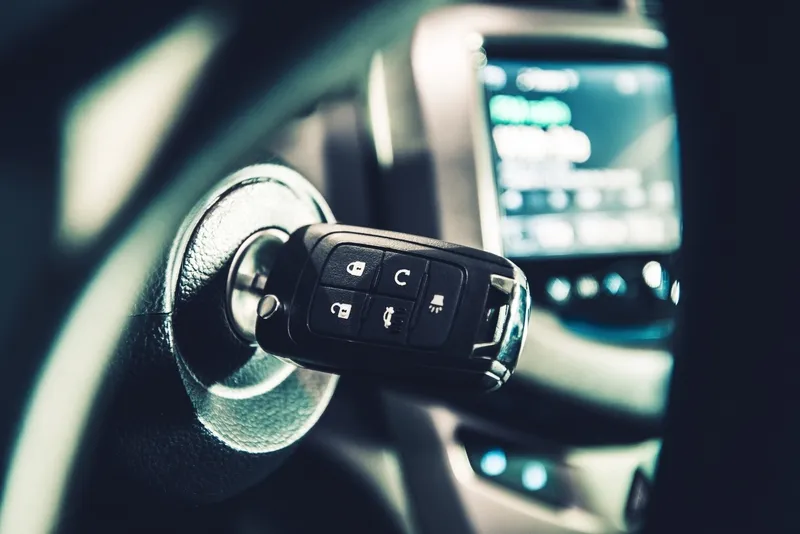
The
Called Road to Tomorrow, the stretch of the interstate is being dubbed as the highway of the future and is being built at the birthplace of the U.S. Interstate System. Missouri was the first state to begin construction shortly after the 1956 bill was signed into law by President Dwight D. Eisenhower. “It’s only appropriate that the re-birth of the nation’s interstate system begins at its birthplace,” said Stephen R. Miller, Missouri Highways and Transportation Commission (MHTC) chairman. “Missouri has always been at the heart of highway transportation — not only because the state’s geographic location puts it at the nation’s core, but also because of the role it’s played in the realization of Eisenhower’s dream.”
A multidisciplinary team from MoDOT is in Pittsburgh to formally invite ITS vendors to contribute to the project, extensively walking the exhibit hall and attending plenary sessions. The hope is that giving free reign to human creativity and providing a designated site for implementation will generate the very best in American ingenuity.
As the state and the rest of the world struggle to find reliable transportation financing, the project also hopes to give a platform to new funding strategiesn — potentially including a subscription-based system or other creative financing solution. For more information about the project and to submit an application go to modot.org/road2tomorrow.








